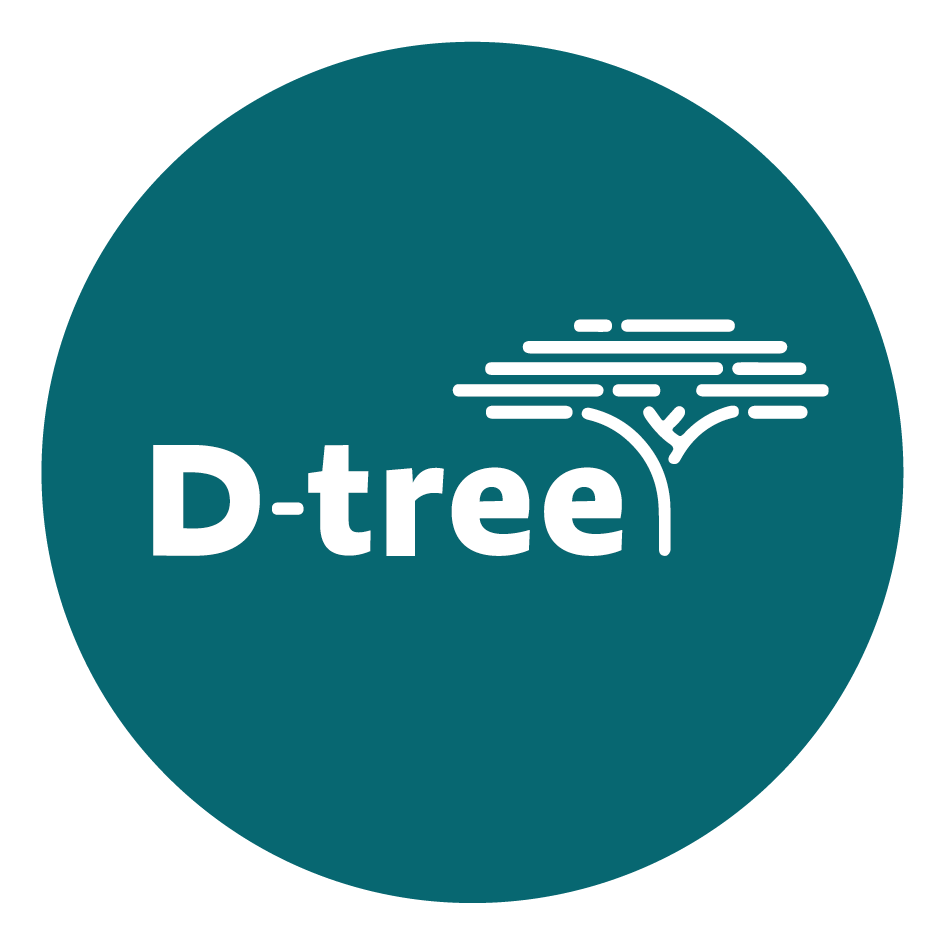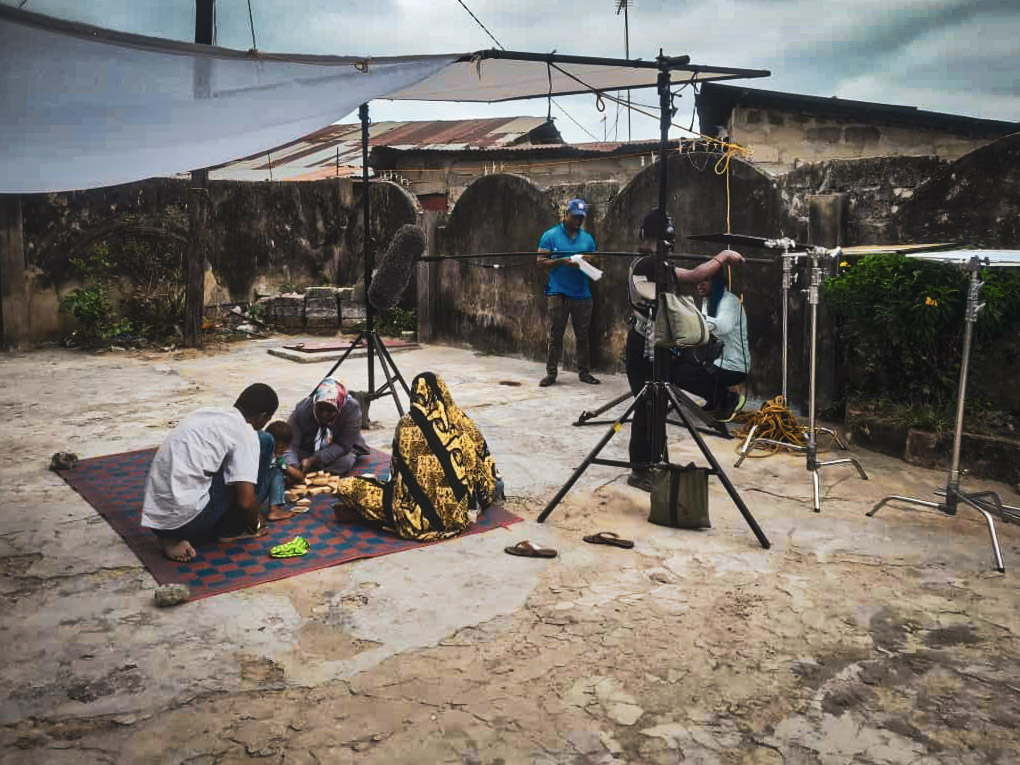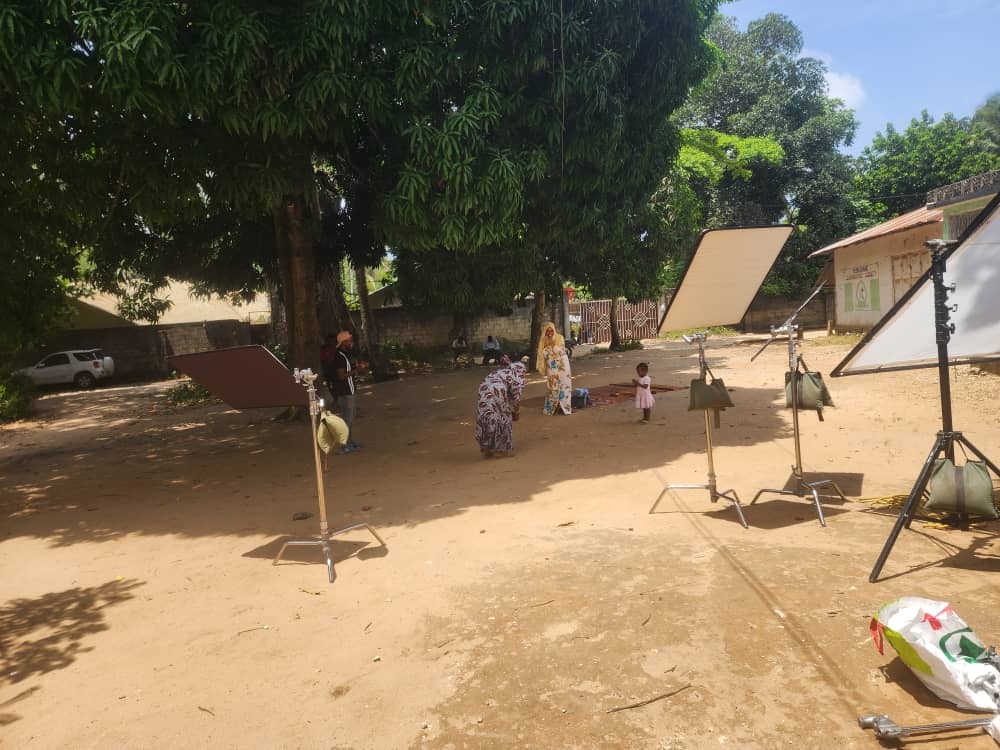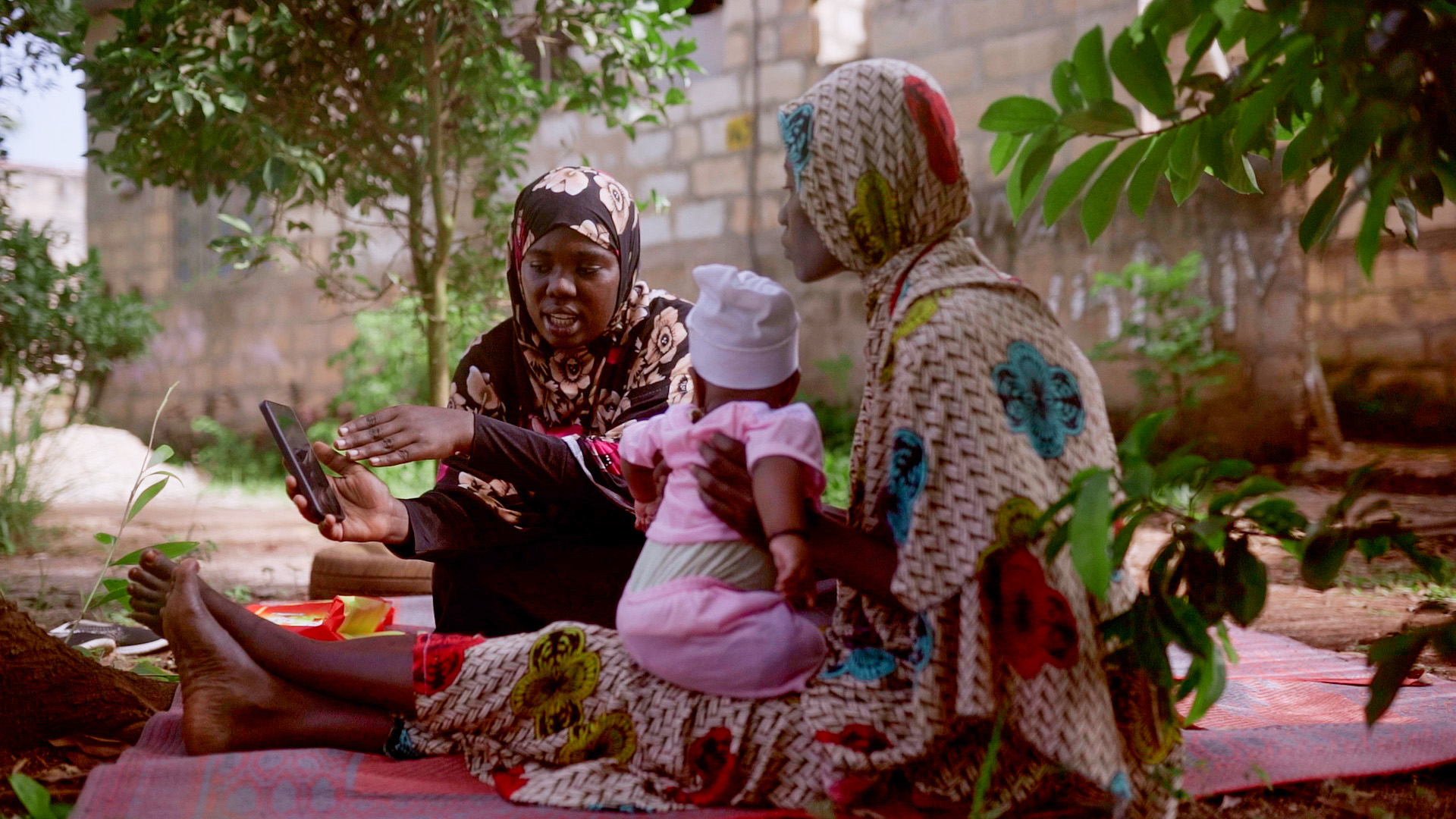For several years, D-tree has focused on equipping caregivers with the knowledge and tools they need to make better decisions for their children. By addressing gaps in information and arming caregivers with practical tips, we give children a better start in life. Currently, thanks to funding from the Conrad N. Hilton Foundation, we are collaborating with Development Media International (DMI) in Zanzibar to develop digital information, education and communication materials for community health workers and caregivers. This partnership reflects our commitment to ensuring everyone, no matter where they live, has access to the health care they need to live longer, healthier lives.
Here are five things that we always keep at the center of this work.
Aligning with National Guidelines
To maintain consistency and credibility, all information, education and communication materials are designed in alignment with the existing national guidelines. This ensures that health messages delivered by community health workers are accurate, standardized and reflect national health priorities.
Clear and Accessible Messaging
Health communication is most effective when it is simple and jargon-free. Our materials are designed to be easy for both caregivers and community health workers to understand. By eliminating complexity, we make essential health information more accessible and actionable. Mobile devices play an important role too – linking clients to specialized care when needed and serving as job support support tools for community health workers and now also providing content directly to caregivers through informative videos
Tailored Content for Different Audiences
Recognizing the unique roles of community health workers and caregivers, we adapt our content accordingly. The mobile application content is designed as a support tool for community health workers, offering guided prompts to aid in household visits. Meanwhile, video materials are crafted specifically for caregivers as the primary audience, using relatable role models and visuals that reflect their everyday realities. These videos reinforce messaging, ensuring consistent and culturally relevant communication.
Supported community health workers
Community health workers play a critical role as trusted members of their communities. Their deep understanding of cultural nuances, local terminology, myths and taboos makes them uniquely positioned to connect with caregivers. To maximize their impact, we ensure they are thoroughly trained on the materials and messaging and that they are included in user feedback sessions. Rigorous initial training, complemented by regular refresher sessions, equips them with the confidence and skills needed to adapt their delivery for clarity and effectiveness. Periodic app updates also allow for community health worker feedback to be included in the application. The Jamii ni Afya mobile app further supports community health by providing real-time prompts during caregiver visits as well as scheduling for next appointment visits.
Balancing Technology with Personal Connection
While digital tools do improve efficiency, they should never replace the human connection that builds trust and engagement. We emphasize this balance during community health workers’ training, reminding them to prioritize personal interactions. Whether demonstrating responsive caregiving practices like serve-and-return or coaching caregivers on child development tips, community health workers are encouraged to engage directly and meaningfully with caregivers.
Through our partnership with DMI and our ongoing efforts to create accessible communication tools, we aim to empower caregivers with the knowledge they need to make better decisions for their children. By combining digital innovation with the human touch, we are building a foundation for healthier, more informed communities where every child can thrive.




